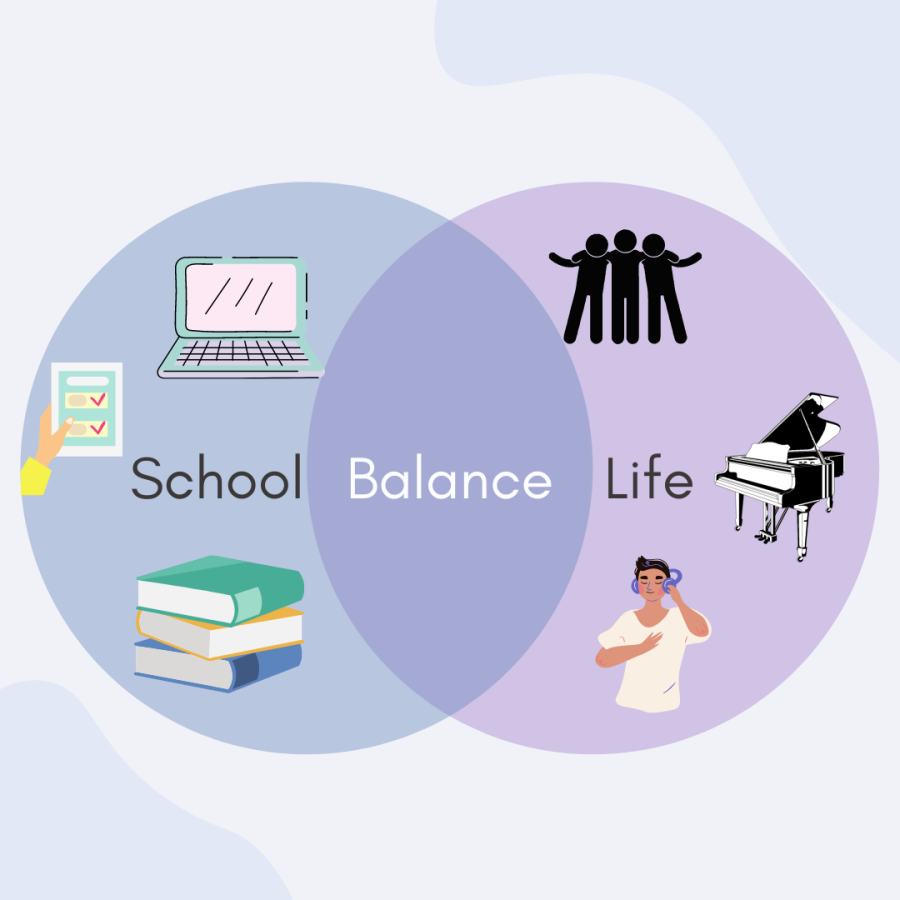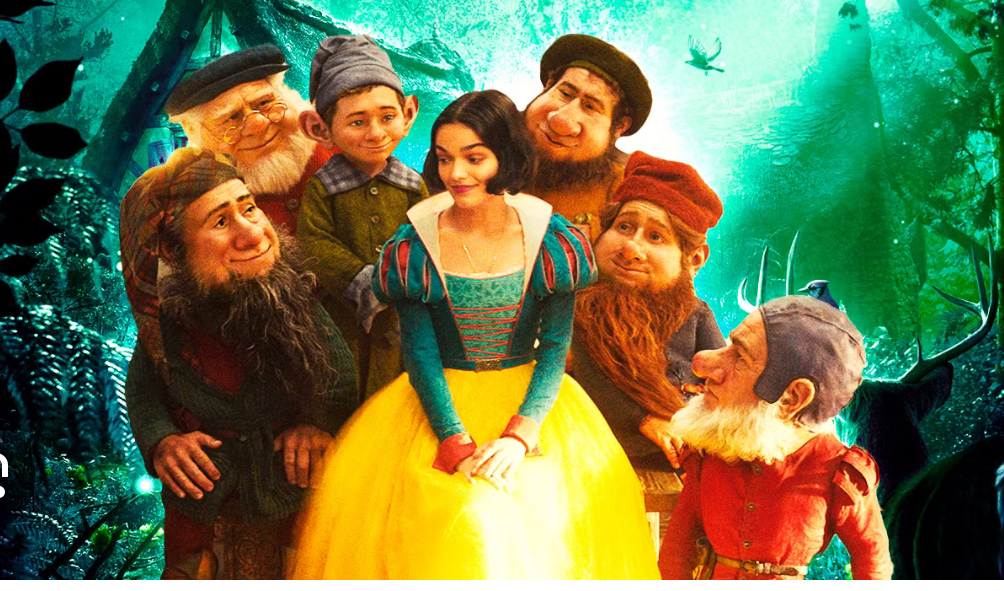The Ups and Downs of Zoos

November 12, 2022
Many people have memories from a young age of going to the zoo, seeing favorite animals in real life instead of being stuffed on a bed. What many don’t think about is how those animals are being held in captivity for visitors’ entertainment.
According to Petkeen, out of all animals held by the World Association of Zoos and Aquariums, 75% of them have been abused. Not all zoos, however, are terrible.
Many zoos mainly promote their eco friendliness and help with endangered species. For example, The San Diego Zoo is very big on preserving many different ecosystems and communities for animals that need it. They have brought over 40 endangered species into their native habitats across six continents.
The Cincinnati Zoo is another zoo that is very safe to their animals. They have many conservation programs for Saving Species, Plant for Pollinators, Go Green and Research of Endangered Wildlife. They have a center for Conservation and Research of Endangered Wildlife (CREW). Their approach includes research, propagation, education, and public engagement to save targeted plants and animals.
There are some local places that have had some issues.
Waccatee Zoo in Myrtle Beach was permanently closed in September due to being fined by People for the Ethical Treatment of Animals (PETA). Allegedly, there were more than 400 lions, ring-tailed lemurs, and other animals in cruel conditions. They were not provided enough veterinary care and space.
Another example is Barefoot Landing’s T.I.G.E.R.S. Preservation Station. Many tiger cubs, chimpanzees and lemurs are forced to take pictures with tourists for heartless money making opportunities. They have been fined by federal authorities time and time again for violating AWA policies by not providing adequate veterinary care, sufficient space, protection from storms, and clean water.
Zoos will forever be a memorable experience for any age, but our society needs to advocate for natural habitats and proficient care.



































